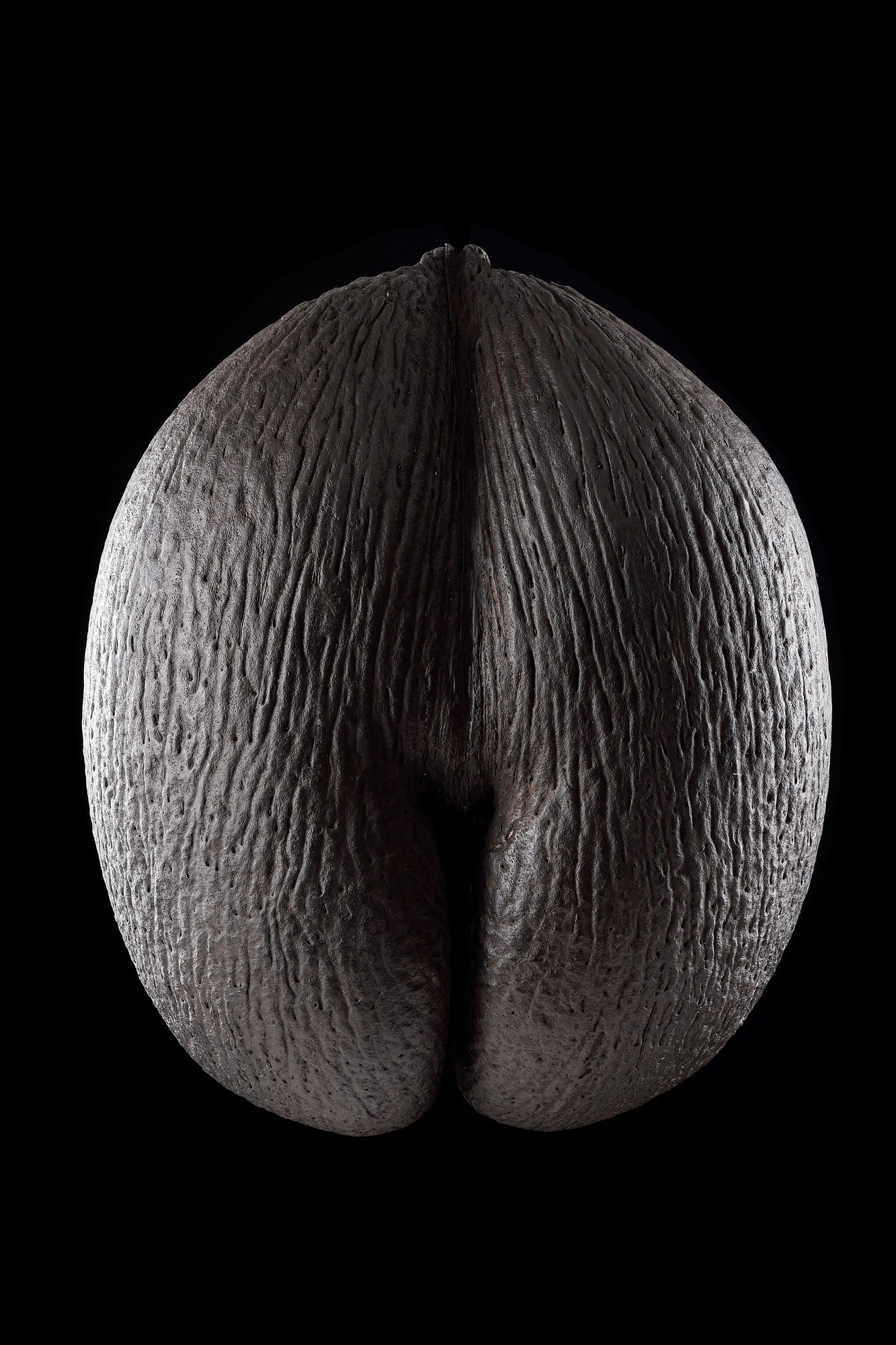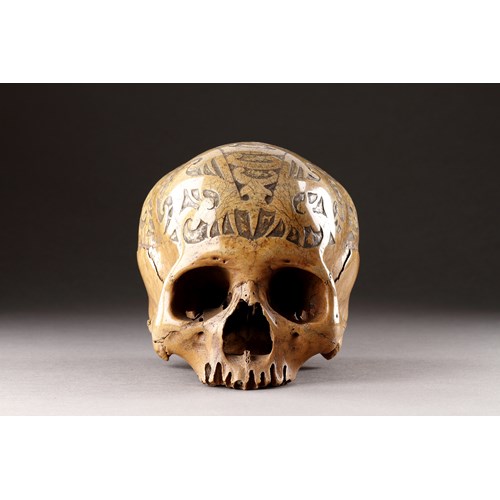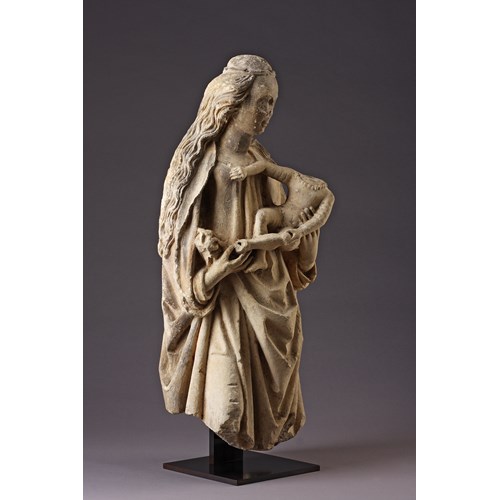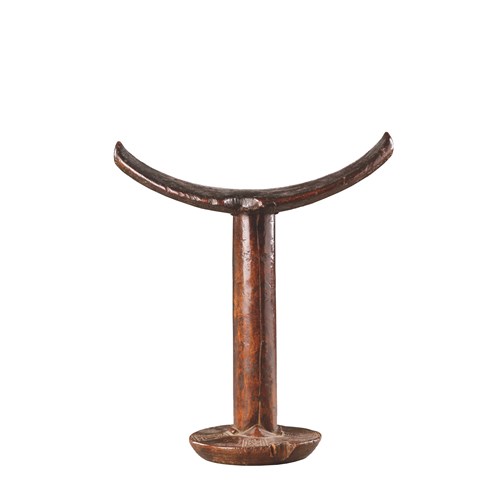A Fine Specimen of a Seychelles ‘Coco de Mer’
Period 1800-1900
Medium Nut, Seed, Coco de Mer
Dimension 33 x 28.5 cm (13⁰/₁ x 11¹/₄ inches)
Of female form, with traditional dark brown colour and patina
Indian Ocean
19th Century
Size: 33cm high, 28.5cm wide, 16cm deep – 12½ ins high, 11¾ ins wide - 13 ins high, 11¼ ins wide, 6⅓ ins deep
See:
Finch & Co catalogue no. 3, 2003 item no. 35, for another blonde example
Period: 1800-1900
Medium: Nut, Seed, Coco de Mer
Dimension: 33 x 28.5 cm (13⁰/₁ x 11¹/₄ inches)
Provenance: Ex Private English collection
Literature: ‘Coco de Mer’ come from a tall palm tree that is indigenous to the Seychelles Islands. They are the largest known seed in the world and take 8 to 10 years to ripen.
The palm was erroneously called ‘Lodoicea Maladivica’ by the botanist Rumphius after observing the double nuts floating around the Maldives Islands. In fact they are not related to the coconut palm, but to the Palmyrah of Sri Lanka, and were discovered in 1743 on the Seychelles Island of Praslin by the Frenchman Barre. Described in the 1737 inventory of the Royal Danish Kunstkammer at Rosenberg Castle in Copenhagen as ‘complete, rare and beautiful’ the ‘coco de mer’ became a legendary curiosity.
The source of many legends and mysteries, they have always been prized for their exotic, erotic and shapely beauty and thought to be powerful aphrodisiacs. European sailors would find them floating gracefully in the warm seas of the Indian Ocean and so named them ‘Coco de Mer’.
More artworks from the Gallery





 Roman Orator and Statesman_T638572712058142082.jpg?width=500&height=500&mode=pad&scale=both&qlt=90&format=jpg)



